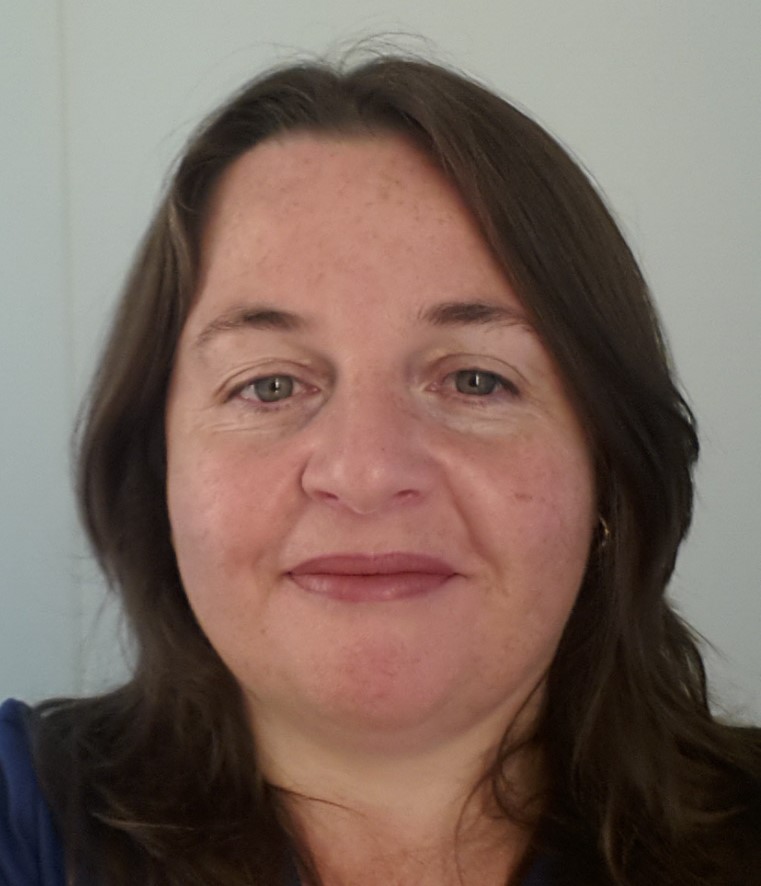
This is an introductory unit in statistical methods with the emphasis on statistical techniques applicable to the social sciences, although these introductory techniques are also relevant to the health sciences.
This is the 2nd Fundamentals of Statistics course for Summer 2021
This course will be run over 5 days:
Session One: 10:00 am to 12:00 pm
Session Two: 12:30 am to 1:30 pm
Lunch time 1:30 pm to 2:30 pm
Session Three: 2:30pm to 4:30pm
Session Four: 5:00pm to 6:00pm
*Please note: Courses will run on Australian Eastern Daylight Time (GMT +11)
(ie Melbourne, Sydney, Canberra daylight savings time. There will be 5 different time zones to consider in Summer)
In this course you will obtain a solid foundation in basic statistical concepts and procedures to progress with some confidence into more advanced topics. This is an introductory unit in statistical methods with the emphasis on statistical techniques applicable to the social sciences, although these introductory techniques are also appropriate to the health sciences.
Our approach to learning will be largely non-mathematical, concentrating on concepts rather than mathematical theory.
Participants familiar with the use of a package, but lacking statistical training should also start with this course. The statistical package SPSS will be used where appropriate as a teaching tool and computational aid, (previous experience is not assumed). You will be able to gain competency in using SPSS to obtain all the graphs and statistics covered in the course.
Day 1
- Level of measurement of data
- Introduction to SPSS
- Descriptive statistics and graphs for a single variable
- Histogram, stemplot, boxplot, bar chart, pie chart, frequency tables
- Mean, median, mode, std deviation, quartiles, range, outliers
- Descriptive statistics and graphs for a single variable
Day 2
- Descriptive statistics for relationships between two variables
- Comparative boxplots, scatterplots, contingency tables, clustered and stacked bar charts.
- Introduction to correlation and regression.
Day 3
- Foundations of basic inference and confidence intervals.
- Normal Distribution, standardisation
- Sampling distribution of the mean
- Introduction to hypothesis testing and confidence intervals
- One sample z-test for a single mean, including confidence intervals, effect size statistic, Cohen's d, testing of assumptions, report writing and journal article examples.
Day 4
- Single sample t-test and paired and samples t-test
- confidence intervals, effect size statistic, Cohen's d, testing of assumptions, report writing and journal article examples.
Day 5
- Independent sample t-test
- confidence intervals, effect size statistic, Cohen's d, testing of assumptions, report writing and journal article examples.
- Introduction to GPower for determining the sample size required to achieve a given level of power for studies involving independent samples t-tests
- Chi-square test & Inference for correlation and regression
- Hypothesis tests, confidence intervals, effect size statistics, testing of assumptions, report writing and journal article examples
- Choosing the correct statistical test
Training in this course will be over ZOOM using your own computer and internet connection.
This course will be run over 5 days in the following sessions each day:
- Session One: 10:00 am to 12:00 pm
- Session Two: 12:30 am to 1:30 pm
- Lunch time 1:30 pm to 2:30 pm
- Session Three: 2:30pm to 4:30pm
- Session Four: 5:00pm to 6:00pm
There are no prerequisites for this course, nor is previous computing experience necessary.
The instructor's bound, book length course notes will serve as the course text.
The notes contain detailed explanations and examples of all the statistical concepts covered along with instructions of how to obtain the various graphs and statistics from SPSS.
Course notes will be sent to you in advance.
Q. Do I have to know any statistics to do this course?
A. No, there are no prerequisties and you don't need any computing experience.
Learning online was great. I found it just as good as face to face. I think it was because the teacher, Imma was clear and kept very close to time and ran the course very well. (Online Winter 2020)
I thought it may be more difficult to do the course on-line, but the tutor was excellent, the pace was not too fast for a novice and there were plenty of opportunities to practise and ask questions. (Online Winter 2020)
Most of the course was taught through speaking and presentation with the back up of course notes, then hands on work in SPSS and the exercises were very helpful to ensure we understand the concept. (Online Winter 2020)
I came in with no knowledge of statistics at all and a history of thinking myself unable to do any math - Imma was fabulous in explaining everything and gave me the confidence to work with stats. (Online Winter 2020)
I’ve always found statistics to be difficult abstact and confusing. I had many aha moments with Imma - she’s a great teacher. (Winter 2019)
It provided fundamental thinking & reasoning behind concepts I see at work such as confidence intervals & involved some maths - which makes me want to learn more. (Summer 2019)
Went through each topic well with a great balance of theory/ lecture / practical / demonstration and practise labs and computer use. (Spring 2018)
Coming from a non stats background! I have gained a very informed intro to stats. (Summer 2018)
Using SPSS to analyses my data,learnt & consolidated methods. Love the course, learnt so much can’t wait to get home and look at my work (Winter 2017)
I will be more literate in reading literature drawing on statistics in myfield as well as able to apply some of the techniques myself. (Summer 2017)
very well balanced. Loved the activity book with step-by-step notes. (Spring 2016)
I have learnt so many basic concepts that I have been expected to understand. To have the opportunity to learn them is fantastic. (Winter 2016)
The instructor's bound, book length course notes will serve as the course text.
